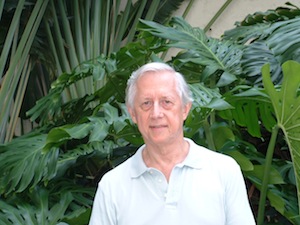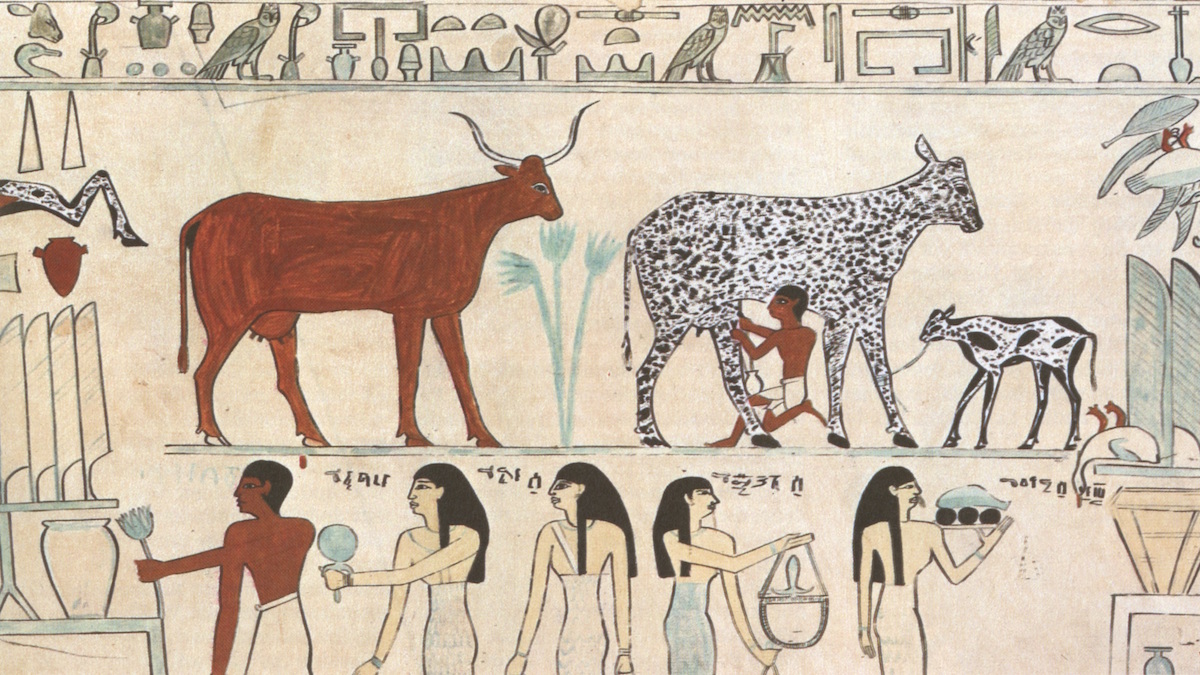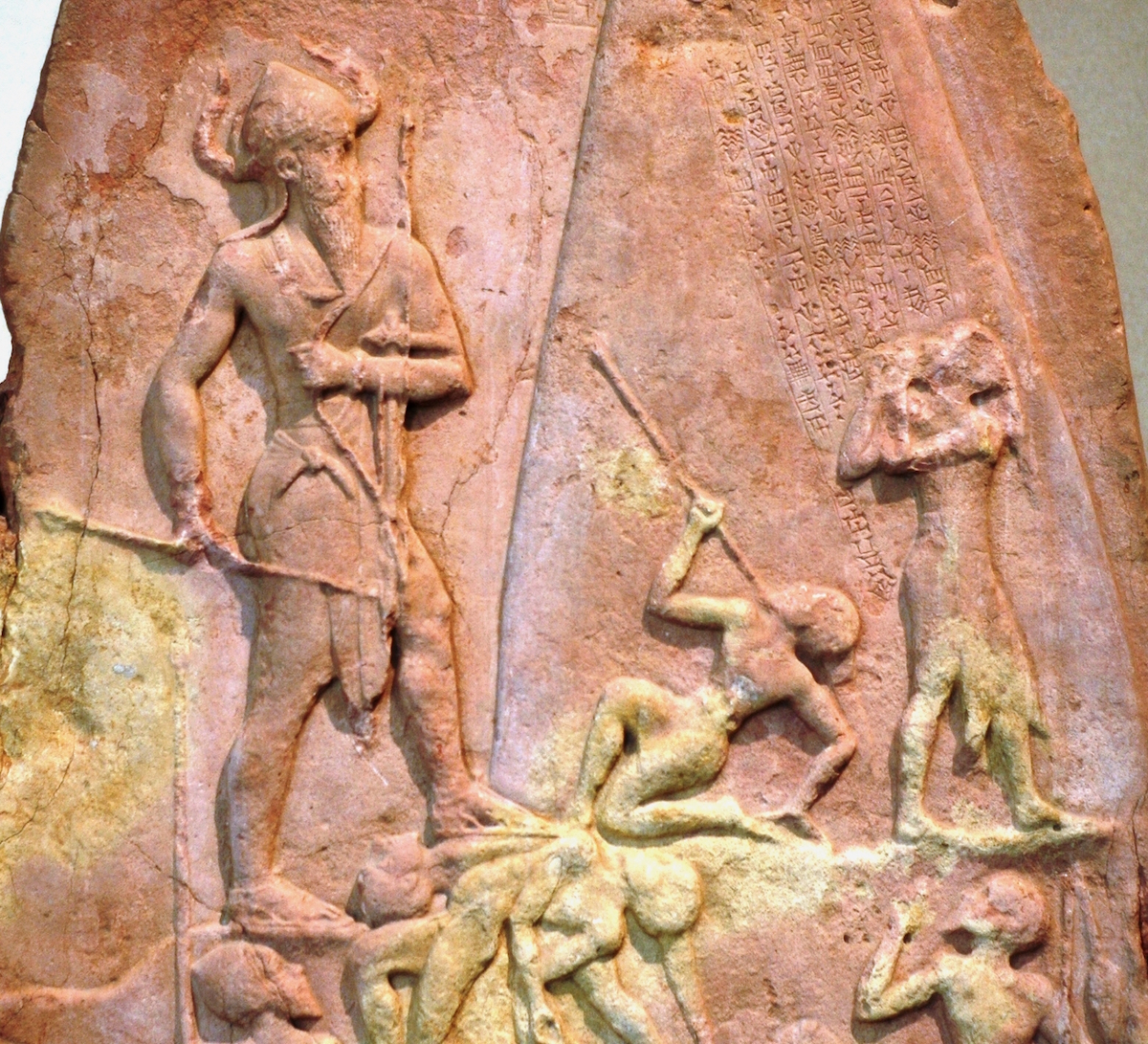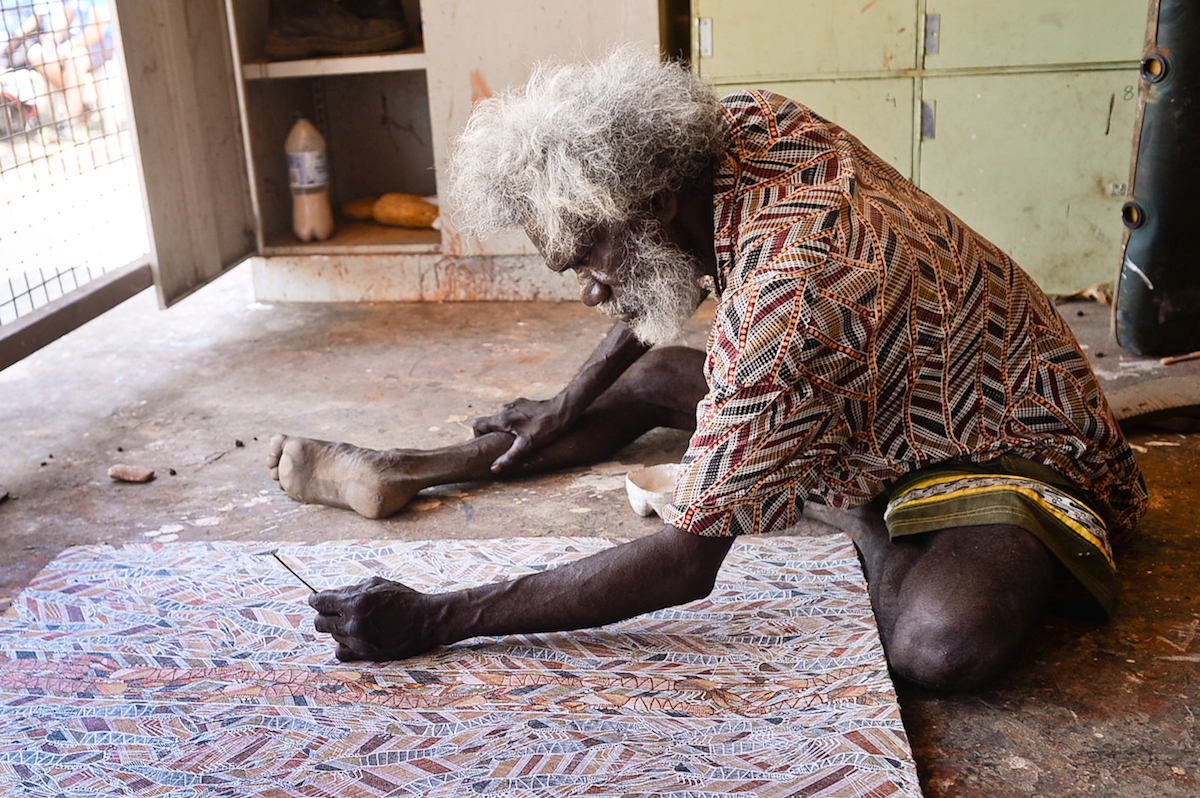
In “Peace and Nonviolence: Anthropological Aspects,” Leslie Sponsel presents a concise and convincing argument for the persistence of nonviolent behavior throughout prehistory and history by providing numerous empirical examples from an anthropological perspective. Because of the inherent multidisciplinary approach anthropology provides, it creates the ideal framework from which to view peace and nonviolence in contrast to war and aggression. As Sponsel demonstrates, a broad view is necessary in order for researchers to remain objective regarding these important aspects of human behavior.
Throughout the article, Sponsel introduces the reader to the primary contributors to the field of peace studies. First, we are introduced to Ashley Montagu, a founding figure of peace studies in anthropology. As a humanist and biological anthropologist, Montagu rejected the pseudoscientific and aggressive stereotypes of ‘man the warrior’ and the myth of ‘innate depravity.’ Montagu argued that these labels were biologically reductionist and deterministic. Montagu also brought to light nonviolent and peaceful cultures such as the Fore, Ju/’hoansi, San, Inuit, Semai, and Australian Aboriginals, demonstrating that aggression is largely a learned behavior.

However, Sponsel reminds us that since Montagu’s original research over three decades ago, a wealth of material has been gathered, further documenting and reinforcing his rebuttals of innate human aggression. Fields other than anthropology have also contributed to the view that peace and nonviolence are normative, rather than the exception. Of note is the work of historian, Matthew Melko, who identified 52 societies with periods of peace (without any warfare) lasting more than a century. Melko points out that the emphasis on war in history creates a false impression that peace is rare.
Peace scholar David Fabbro takes the argument for peace to another level by pointing out the features of peaceful societies including egalitarian social structure, reciprocity, and nonviolent values, among others. Sponsel also points out how Bruce Bonta has validated Fabbro’s research with his extensive collection of cross-cultural data. As a result of this wealth of ethnographic material, Bonta posits that the worldview, values, attitudes, and customs of peaceful societies are markedly different from violent and warlike societies. In addition, these societies are committed to nonviolence conflict resolution.
Sponsel goes on to provide his own anthropological evidence for rejecting the notion of innate human depravity. First, he states that violence is not to be confused with conflict. Conflict is inevitable, but violence is not. Second, humans have the psychobiological potential to be either nonviolent/peaceful or violent/warlike. Third, nonviolence and peace are typical throughout prehistoric and non-state societies. Fourth, war is far from being a universal cultural trait. Fifth, the human potential for worldwide peace is achievable.

Taking these elements into account, we are then introduced to the archaeological work of Raymond Kelly which provides evidence that warfare is lacking before 14,000 – 12,000 BP, and was rare to absent until around 7500-7000 BP. These dates suggest that warfare is connected to the development of agriculture, sedentary behavior, and complex society. Moreover, Kelly concluded that nomadic societies are warless in great part due to their band levels of social organization and fluid group membership. Thus, without strong leadership or clear ties to the group, war is far less likely. Also, defense of agricultural goods are not a concern for nomadic foragers.
Sponsel then presents us with Douglas Fry’s work that draws attention to the cultural biases of research on war and violence. Fry argues that by assuming the ‘beast within’ position of human nature common throughout Western society, even scientists unknowingly exaggerate levels of war and aggression. As a result of such thinking, war is often defined as intergroup aggression and conflated with interpersonal violence and feuding. Another anthropologist, Brian Ferguson, gathered evidence suggesting that outside influences such as colonialism have driven tribal warfare. One tribe that suffered from outside sociopolitical influences was the Yanomami. The Yanomami have also been studied by Napoleon Chagnon, whose well-known work is believed to have over emphasized Yanomami aggression at the expense of evidence of nonviolence in this culture.
Returning to the plasticity of human behavior and the human potential for peace, Sponsel points to the Waorani society of the Amazon. This society changed their behavior from violent to nonviolent after contact with missionaries. Additionally, political scientist Glenn Paige challenges the view that killing is an inescapable aspect of human nature. Paige concludes that while humans are capable of killing, most humans are not killers and a more objective view of these behaviors is needed in scholarly research. In keeping with this line of thought, Fry and Karolina Baszarkiewics provide evidence that human aggression and killing exists on a continuum and is anything but fixed.

Having addressed the evidence in support of peaceful and nonviolent behaviors, Sponsel then takes on the apologists of war and their highly reductionist viewpoints of human behavior. While a number of scholars are mentioned, Richard Wrangham and Dale Peterson are responsible for the highly influential work, Demonic Males: Apes and the Origin of Human Violence. This book, among others, asserts the inevitability of territoriality, competition, hostility, violence, and warfare between societies. In short, humans are the ultimate killer apes. While Wrangham and authors like him seek to discredit the ‘pacification of the past’ by anthropologists, they also fail to take into account evidence of nonviolent behaviors. In addition, sociobiologist E. O. Wilson also takes the approach of war as a universal human characteristic. Unfortunately, Wilson is guilty of making the same faulty assumptions of biological determinism as Wrangham and Chagnon, not to mention the nineteenth century evolutionists.
Sponsel reminds us that even the psychological evidence disproves the idea of humans as demonic killing machines. Studies have shown that only 20% or so of soldiers fire their weapons at the enemy in battle and those that do often suffer from post-traumatic stress disorder as a result. Ultimately, humans evolved to be social in ways that do not promote killing since this is contradictory to the cooperative and reciprocal behaviors that insure survival. In addition, both Fry and Sponsel reiterate that this systemic bias towards innate killing and war simply ignores over three decades of archaeological, biological, anthropological, and historical evidence to the contrary. This misleading mindset is closely linked to Western culture and the all-too-powerful military industrial complex, which benefits from the normalization of violence.

Moreover, in creating this harsh dialectical narrative, sometimes categorized as liberal versus realist, potentially beneficial nonviolent options for resolving both domestic and international conflicts are downplayed or eliminated. Yet again, Sponsel points out that there are many peaceful societies worldwide and that violence does indeed exist on a continuum. Peace and nonviolence are as much, if not far more, a part of human behavior as war and violence. As he puts it so clearly, “Peace is more than simply the absence of war, just as life is more than simply the absence of death.”
Sponsel, Leslie E. 2015. Peace and Nonviolence: Anthropological Aspects. In: James D. Wright editor, International Encyclopedia of the Social and Behavioral Sciences, 2nd Edition, Vol 17. Oxford: Elsevier. pp. 624-630.
Review by Sherrie Alexander, University of Alabama at Birmingham